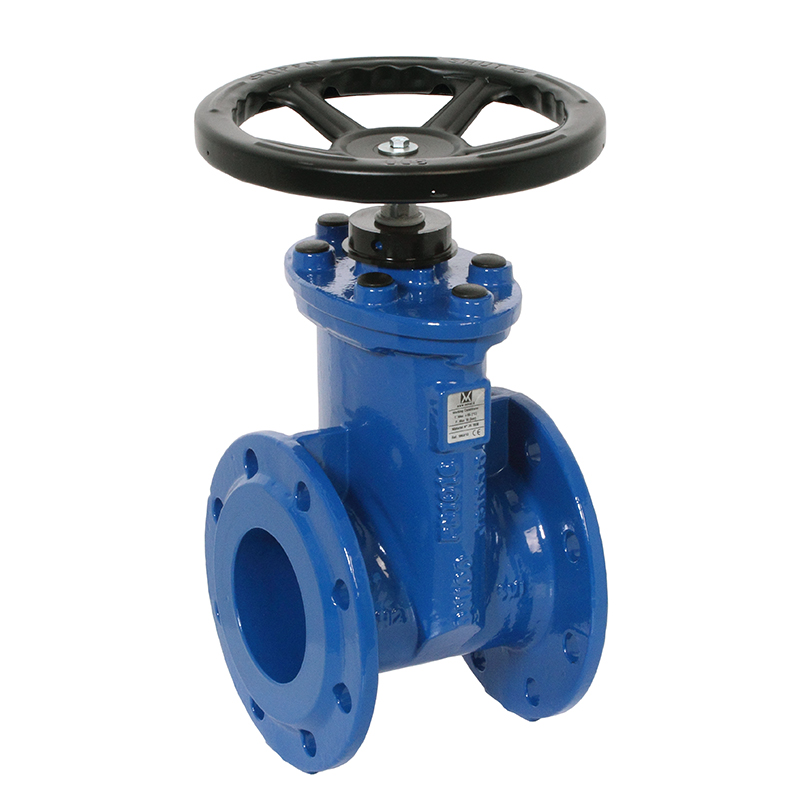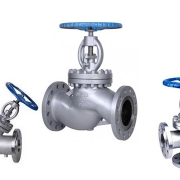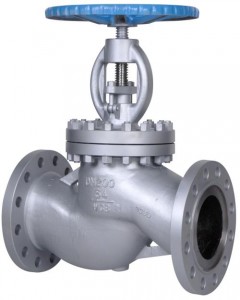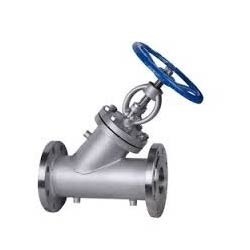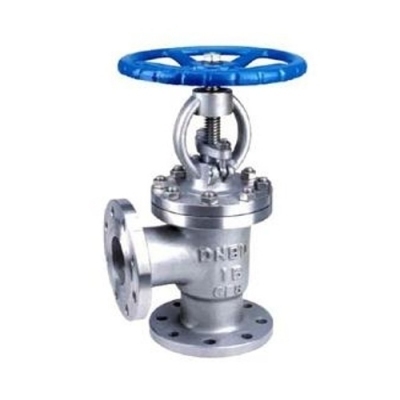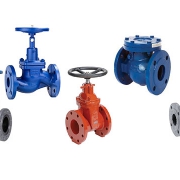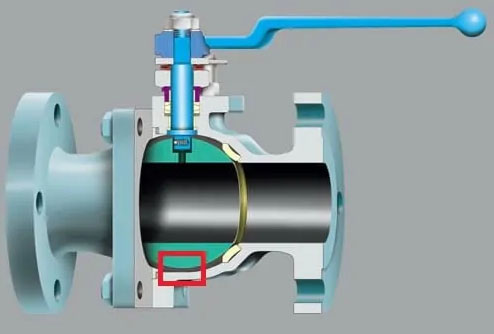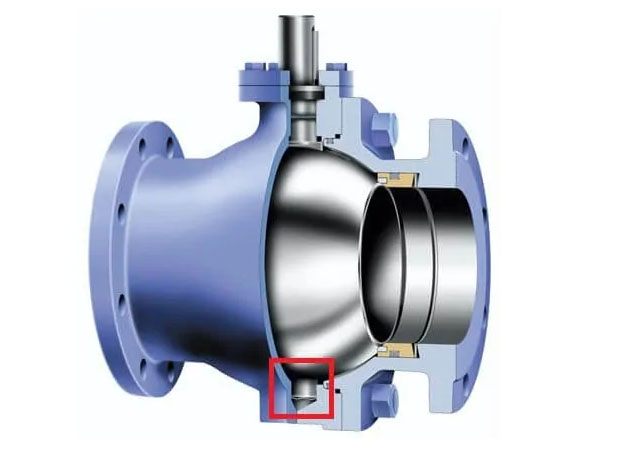Ball Valve
Ball Valve
A Ball Valve is a device with a spherical closure unit that provides on/off control of flow. The sphere has a port, also known as a bore, through the center.
When the valve is positioned such that the bore is aligned in the same direction as the pipeline, it is in open position and fluid can flow through it. When rotated 90 degrees, the bore becomes perpendicular to the flow path, meaning the valve is closed and the fluid cannot pass through.
Valve ultilize for control/flow/stop the fluid (water/air/gas) in piping, and there are many kind of valves. These valves generally classified kind of valves depend on application and purpose of using.
There are 4 kind of concepts “Pushing” “Rotating” “Sliding” “Squeezing” for valve’s action. And Ball Valve is classified concept “Rotating” by sealing style.
For strong(merit) points are resistance of fluid is quite little because the port size is same with piping line, and operation is easy and able to do for short time operation by quarter turn operation style.
As the name suggests, ball valves are valves that use a ball to control the flow of substances from one opening to the next. These valves work by allowing the hole to be open, blocked, or open partially to regulate the flow of gas/liquid.
Ball valves are the ideal choice for using with gases as they are able to offer better sealing. They are very versatile as they support pressures up to 700 bars and temperatures up to 200°C and sizes typically range from 0.5 cm to 30 cm. They are easy to operate and repair as they contain a simple structure.
They are designed with special measures that permit only a 90-degree rotation which is required for the opening and closing of ball valves. These valves are a notable industrial choice because of their reliable and air-tight sealing when in the closed position.
Advantages
- They contain a compact and low-maintenance design that requires no lubrication
- They are cost-effective among all of the valves
- The biggest advantage of ball valves is that they have poor throttling characteristics that can cause the seat of a ball valve to easily erode.
- They provide leak-proof service.
- They open and close quickly.
- Ball valves have multi-way design flexibility.
Disadvantages
- Ball valves are not suitable for permanent throttling.
- In residual fluids, the particles in the fluid collide with the surfaces and stick to them. This may cause leakage, abrasion, and other problems.
Applications
- Ball Valves are used for flow and pressure control and shut off for corrosive fluids, slurries, normal liquid and gases.
- They are used in the oil and natural gas industry, but also find a place in many manufacturing sectors, chemical storage, and even residential uses.
Types of Ball Valves
There are five general body styles of ball valves: single body, three-piece body, split body, top entry, and welded.
The difference is based on how the pieces of the valve—especially the casing that contains the ball itself—are manufactured and assembled. The valve operation is the same in each case. In addition, there are different styles related to the bore of the ball mechanism itself.
What is a full port or full bore ball valve?
- Has a straight flow path
- Offers little or no resistance to flow
- The flow path through the valve does not become narrower on the inside
The inner diameter of the pipe coming into a full bore valve is the same diameter as the flow path through the valve body and out through the other side of the valve. Most full bore valves are two-way, quarter-turn ball valves.
What is a standard port or standard bore ball valve?
- Has a straight flow path
- Flow restriction produces a pressure drop
- The flow path through the valve becomes narrower on the inside
A standard bore valve body is about the same diameter as the pipe or tube coming into and exiting it. The working part of the valve is the ball inside the valve body. Since the working part of the valve fits inside the valve body, the bore through the valve ball is smaller than the diameter of the valve’s connecting pipe or tube.

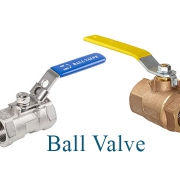

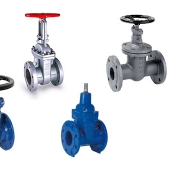
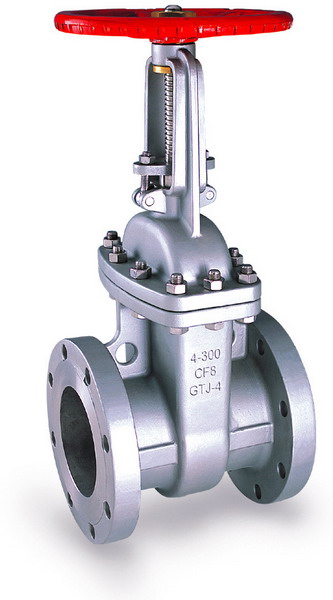 History of a gate valve
History of a gate valve